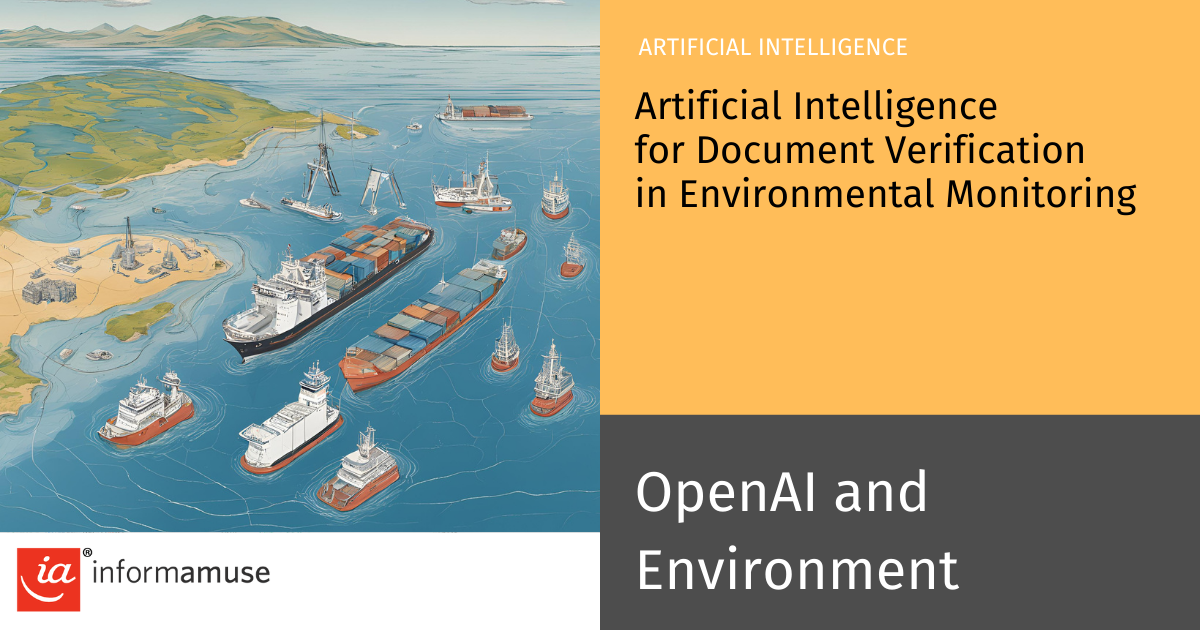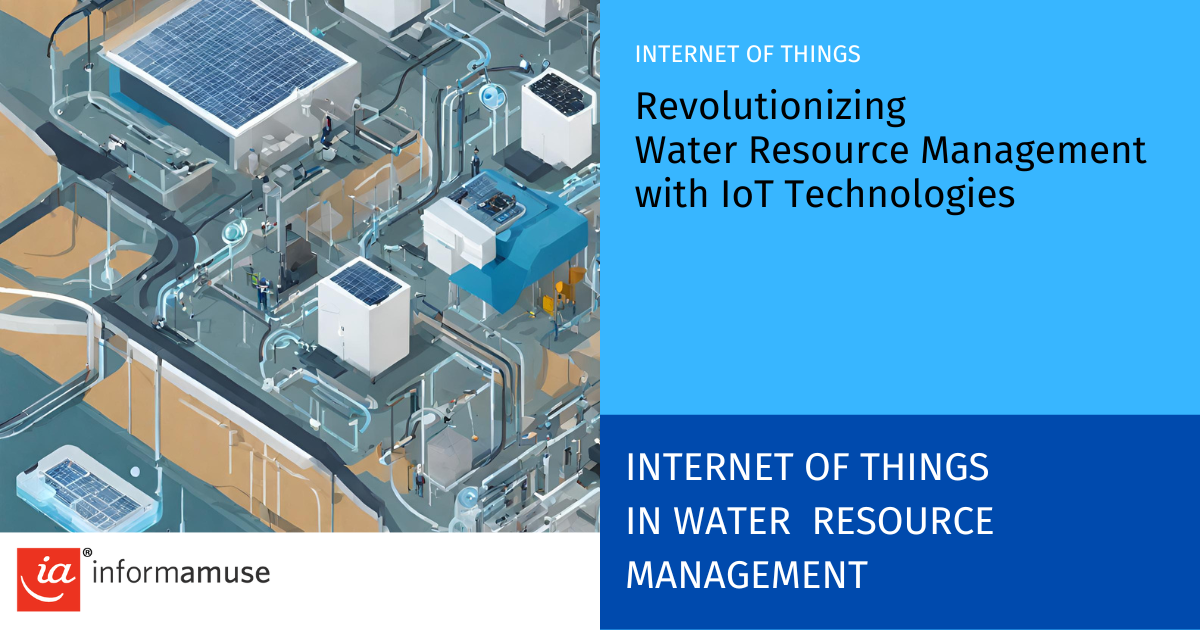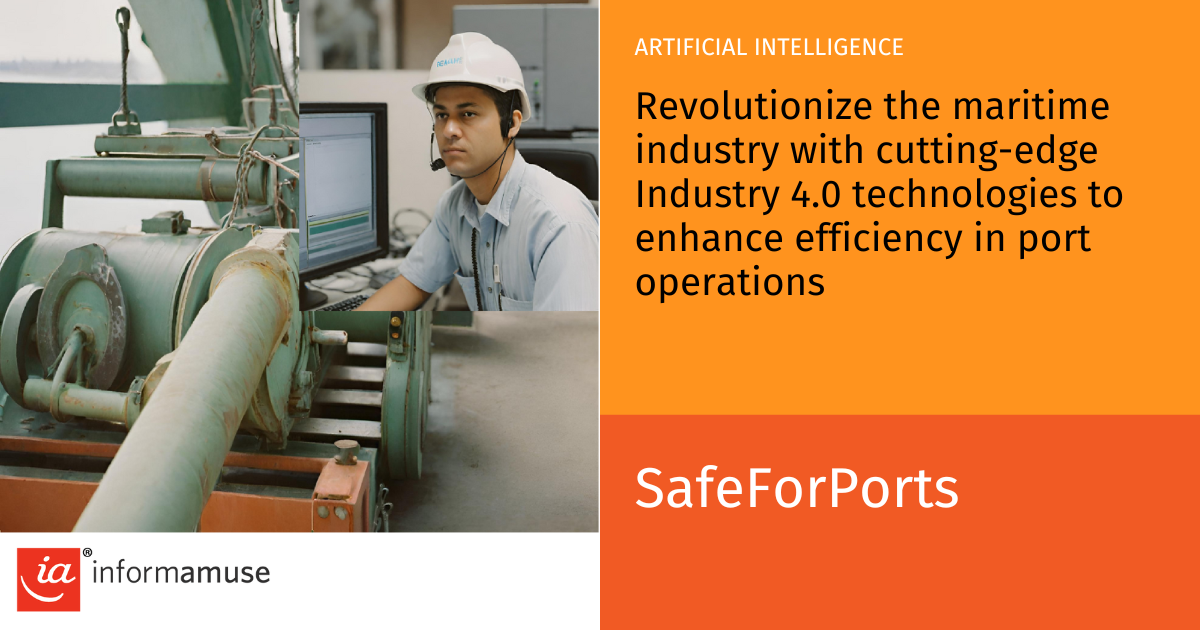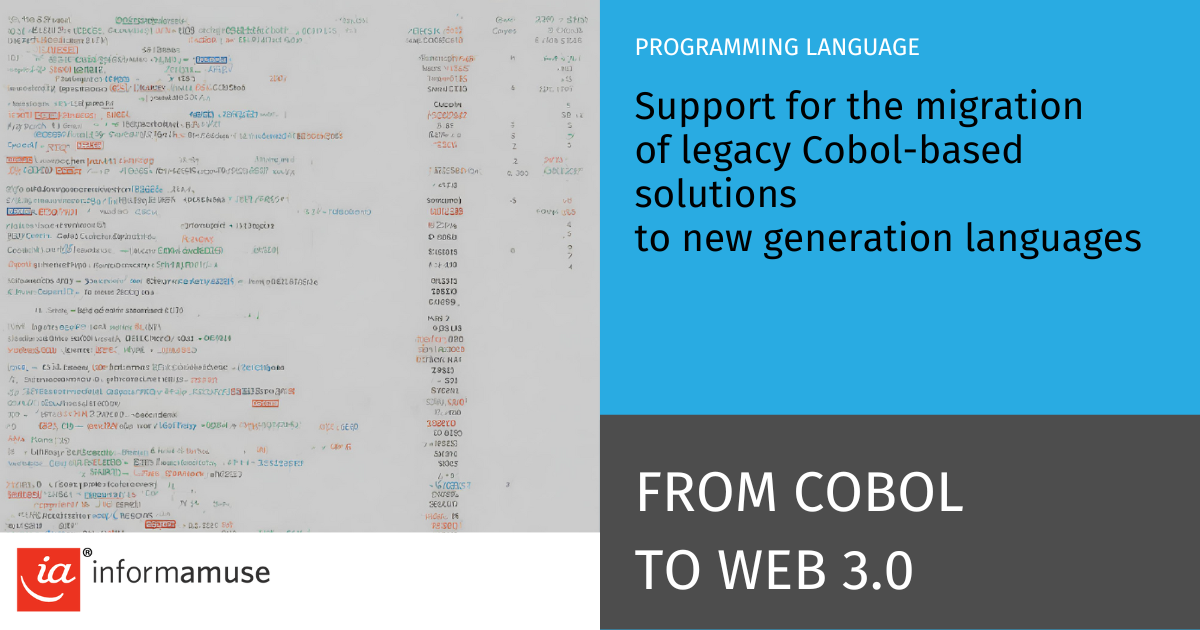
In recent years, artificial intelligence (AI) has transformed many sectors, and environmental monitoring is no exception. AI technologies, along with advanced solutions like OpenAI, are revolutionizing data management and document verification, increasing the efficiency and accuracy of environmental control processes.
The Importance of Document Verification in Environmental Monitoring
In environmental monitoring, data collection and analysis are crucial for assessing the impact of human activities on the environment. Governments, companies, and organizations gather vast amounts of data from sensors, satellites, and field studies, often accompanied by technical reports and regulatory documents. Document verification ensures that this information is accurate and complies with current regulations—a complex task that artificial intelligence can greatly simplify.
How Artificial Intelligence is Transforming the Process
With OpenAI and other AI solutions, a significant part of the document verification process can be automated. AI quickly analyzes large volumes of documents and data, identifying potential errors or anomalies that might go unnoticed by the human eye.
-
Automated Data Extraction
A key aspect of document verification is the extraction of relevant data. Through machine learning, AI can be trained to recognize and collect key information from various types of documents, such as technical reports or environmental regulations. For example, in water quality monitoring, AI can automatically extract pollution levels and compare them with regulatory limits.
-
Compliance Verification
With AI, it’s possible to automatically compare collected data against national and international regulations. An AI-based system can analyze thousands of pages of regulations, flagging potential non-compliance issues in a timely and efficient manner.
Benefits of AI in Document Verification
Artificial intelligence reduces human error, speeds up manual processes, and optimizes business resources. AI solutions ensure data always comply with regulations, providing greater operational efficiency.
Integrating AI into environmental monitoring processes represents a step toward sustainability, helping companies make more informed decisions and reduce their environmental impact.




